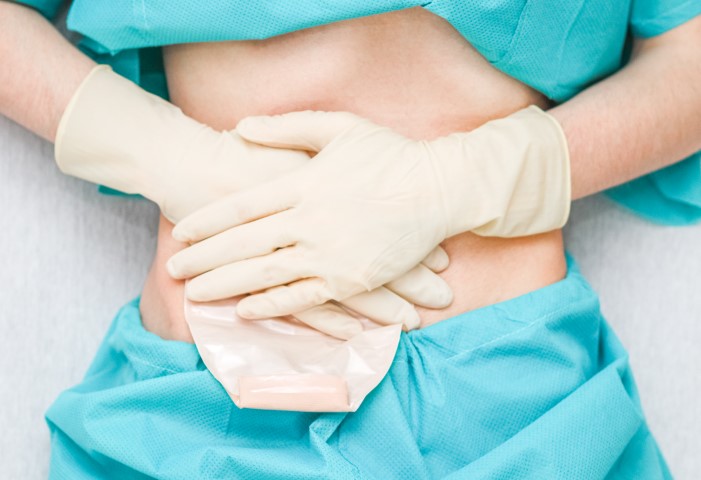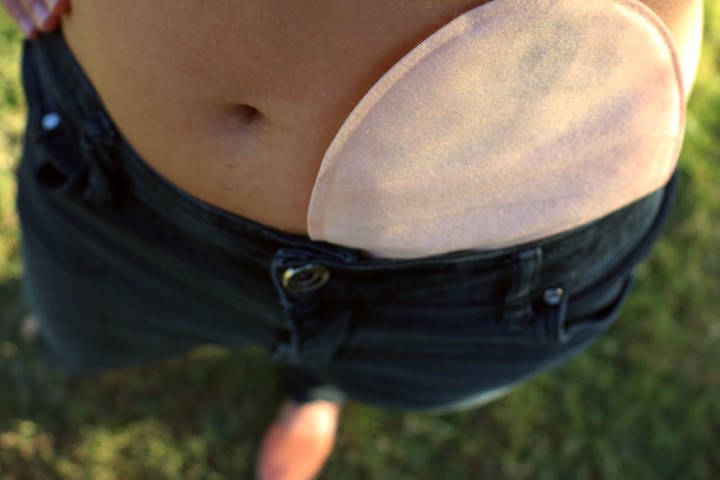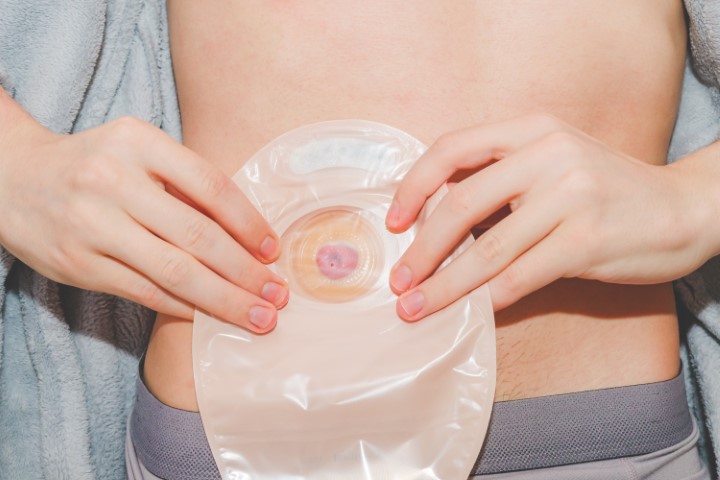Bio-degradable cards
Every card imaginable!
|
Bio-degradable cards Every card imaginable! Living with a Stoma Bag Essential Tips and Answers
Understanding Stoma Bags: Common Questions AnsweredStoma bags are a vital part of life for many people who have undergone surgeries that result in a stoma. These bags collect waste from the body when the usual route for elimination is no longer possible. If you’re new to using a stoma bag, you may have many questions. Here, we address some of the most frequently asked questions to help you navigate this new experience with confidence. 
Stoma Bag Basics
What is a stoma?A stoma is a surgically created opening in the abdomen that allows waste to exit the body. This is necessary when the normal route through the bowel or bladder is no longer viable, often due to conditions like Crohn's disease, bowel cancer, or bladder cancer. The stoma itself is usually pinkish-red and moist, resembling the inside of your mouth. It's a part of your body that needs to be cared for just like any other part, although it requires special attention and products, such as stoma bags, to manage output effectively.
How do stoma bags work?Stoma bags are designed to collect waste that exits through the stoma. They are attached to the skin using an adhesive baseplate, which needs to fit snugly around the stoma to prevent leaks. Depending on the type of stoma—whether a colostomy, ileostomy, or urostomy—different types of bags are used to accommodate the varying consistencies and volumes of output. Some bags are closed, while others are drainable, depending on how often they need to be emptied or changed.
How often should I change my stoma bag?The frequency of changing your stoma bag depends on the type of stoma and the bag you are using. Typically, a one-piece stoma bag should be changed at least once a day, while a two-piece system may last up to three days, with the bag itself being changed daily. Regularly changing your stoma bag is crucial to maintaining healthy skin around the stoma and preventing issues like irritation or infection.
Can I still lead a normal life with a stoma bag?Absolutely. While having a stoma bag requires some lifestyle adjustments, most people find they can continue with their usual activities, including work, travel, and exercise. With the right products and support, you can manage your stoma discreetly and effectively, allowing you to enjoy a full and active life. 
Managing Stoma Bag Issues
Why does my stoma bag leak?Leakage is a common issue that can be caused by a variety of factors. One of the most frequent reasons is an ill-fitting baseplate. If the baseplate is not snug around the stoma, output can seep under the adhesive, leading to leaks. Changes in the size or shape of the stoma, which can occur after surgery, may also contribute to leakage. To address this, regularly check the fit of your baseplate and consult with a stoma care nurse if leaks persist.
What should I do if my skin becomes irritated?Skin irritation around the stoma is usually a sign of leakage or an allergic reaction to the adhesive. It's essential to keep the skin dry and clean and to ensure that the baseplate is correctly fitted. If the irritation persists, there are skin barrier products available that can help protect the skin. In some cases, switching to a different type of adhesive or stoma bag may be necessary.
How can I prevent odour from my stoma bag?Modern stoma bags are designed with filters that help to control odours. However, if you notice a persistent smell, it could indicate that the bag needs to be emptied or changed, or that there is a leak. Ensuring a proper fit and regular maintenance of your stoma bag can help minimise any odour. There are also deodorising products available that can be added to the bag to help neutralise smells.
Can I shower with my stoma bag on?Yes, you can shower with your stoma bag on, and many people choose to do so. Stoma bags are designed to be waterproof and can be worn during bathing. If you prefer, you can remove the bag while showering, but it's important to avoid using products that could irritate the skin around the stoma. After showering, ensure the skin is completely dry before applying a new bag. 
Lifestyle Adjustments with a Stoma Bag
What clothes should I wear with a stoma bag?You can wear most of your usual clothes with a stoma bag. The key is to choose clothing that is comfortable and not too tight around the stoma area. High-waisted trousers or skirts can be particularly comfortable, as they provide extra support and can help conceal the stoma bag. There are also specialised stoma clothing and support bands available if needed.
Can I participate in sports with a stoma bag?Yes, you can still enjoy many sports and physical activities with a stoma bag. However, it's essential to choose the right stoma bag and accessories to ensure security and comfort during exercise. Some activities might require additional support, such as an ostomy belt, to keep the bag secure. It's always a good idea to consult with your stoma care nurse before engaging in new or particularly strenuous activities.
How do I manage my stoma bag while travelling?Travelling with a stoma bag requires some preparation, but it is entirely possible. Always carry extra supplies, including stoma bags, adhesive wipes, and skin care products, in your hand luggage. When flying, be aware that changes in air pressure can cause stoma bags to inflate slightly, a phenomenon known as "ballooning," which can be managed by using bags with filters or releasing the air when needed. If travelling abroad, it's helpful to carry a travel certificate explaining your medical condition, which can be presented at security checks.
Can I still go swimming with a stoma bag?Swimming is an activity that many people with a stoma bag continue to enjoy. Waterproof stoma bags are available and designed to stay secure in water. Before swimming, make sure the seal is secure and consider using additional waterproof tape if needed. After swimming, it's important to check the bag and change it if necessary. 
Health and Wellbeing with a Stoma Bag
What is a parastomal hernia, and how can I prevent it?A parastomal hernia occurs when part of the intestine pushes through the muscle wall around the stoma, creating a bulge. This is a common complication for stoma patients and can be uncomfortable. To prevent a hernia, it's essential to avoid heavy lifting and to wear support garments if recommended by your healthcare provider. Regular exercise to strengthen the abdominal muscles may also help, but always consult with your healthcare provider before starting a new exercise regime.
How can I maintain healthy skin around my stoma?Healthy skin around the stoma is crucial for comfort and preventing complications. Always ensure the skin is dry before applying a new bag, and check for any signs of irritation or infection. If you notice any redness, itching, or breakdown of the skin, contact your stoma care nurse for advice. Using the right products, such as skin barriers and adhesive removers, can help maintain skin health.
What should I do if my stoma changes in size or shape?It's normal for the stoma to change in size or shape, especially in the weeks following surgery. However, significant changes can affect how well your stoma bag fits, leading to leaks or discomfort. Regularly measure your stoma to ensure the bag fits correctly, and if you notice any major changes, consult with your stoma care nurse to discuss adjusting your stoma bag or using a different product.
How do I deal with changes in stoma output?Stoma output can vary depending on your diet, hydration levels, and overall health. It's important to monitor the consistency and volume of your output and adjust your diet if necessary. If you notice significant changes, such as very watery or very thick output, or if you experience blockages, consult with your healthcare provider. Staying hydrated and maintaining a balanced diet are key to managing stoma output effectively. Living with a stoma bag may require some adjustments, but with the right knowledge and support, you can manage your stoma confidently and maintain a high quality of life. If you have any concerns or questions, don't hesitate to reach out to your stoma care nurse or a relevant support organisation.
© 2024 The Card Project Uk Ltd
VAT: 453 2087 06
|